The classic scene: an advert for a bunch of random film cameras that showed no hint of what the cameras actually were. I met with the seller and she showed me a dilapidated box of cameras. Everything reeked to high heaven of old basement but something caught my eye: A Canon branded rangefinder with simple rounded lines that didn’t yell out “Yo! I’m a fancy camera!”
I had never used a rangefinder before, so I paid 12 euros for what could have been a total bust.
Well, it was! The light sealing was more “-ing” than light seal, sticking to every edge of the camera, and it took 2 months for a suitable battery-adapter to come in the mail so I wouldn’t have to buy a battery that cost nearly as much as I paid for the camera (I guess in that sense it lives by the good-cheap-fast rule).
Luckily, once I repaired the light seals, cleaned off the decades of dirt, and plopped in the long-awaited battery/adapter, it came to life. I loaded in some Fujicolor C200 and headed out on a sunny Saturday.

The focusing mechanism was a mixture of annoyance and fun, having to match a yellow double image in the viewfinder. Because I was a noob with rangefinders, I frequently forgot to use the parallax lines for framing, so sometimes I got wonky compositions back.
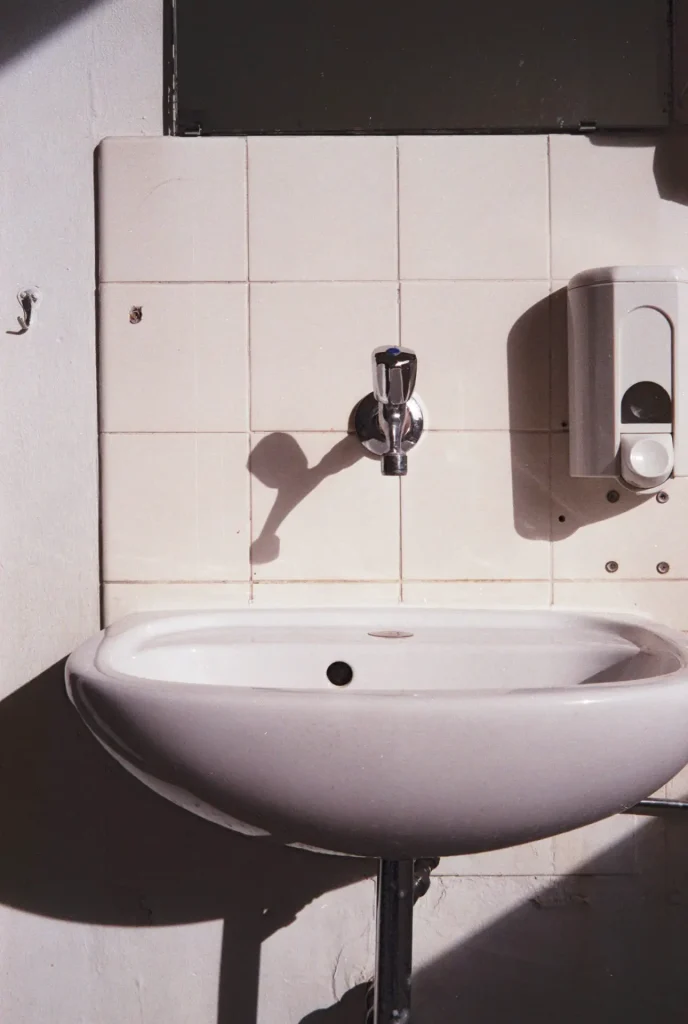
I enjoyed toting the pleasant looking Canonet around town. Even the traditionally camera-phobic Germans didn’t seem to care when I had the device to my eye.
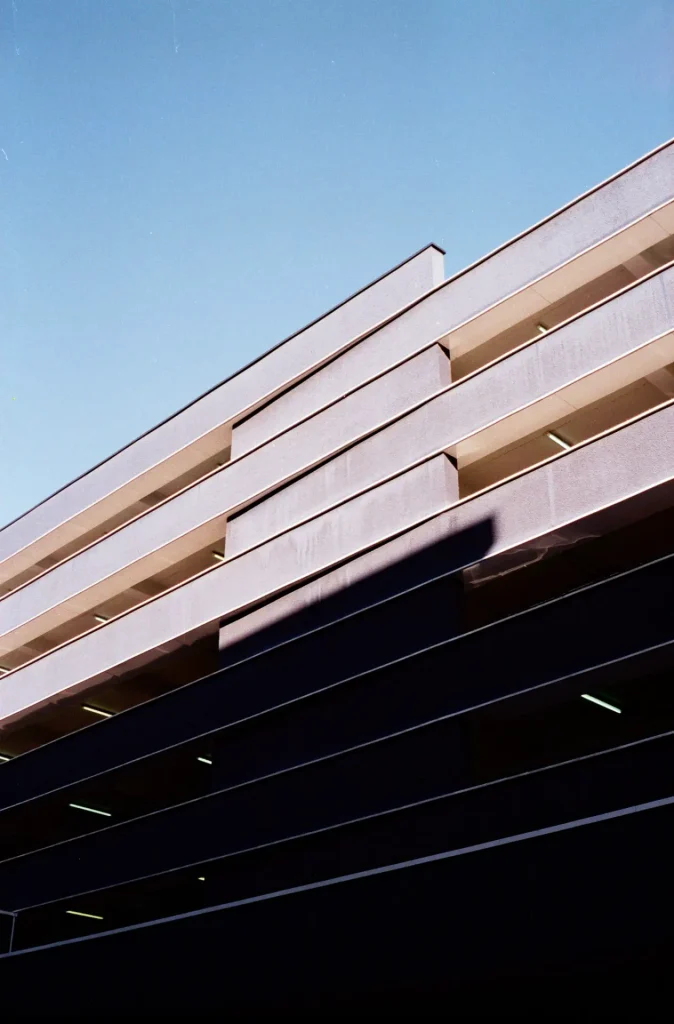

Now that the basement stink is gone and I’m familiar with parallax framing, I can say that I really enjoy the Canonet 28. It does a great job metering, and you can even override its “this scene is too dark” shutter shutout if you click the aperture ring off of automatic. My only frustration is that there is no way to manually select a shutter speed.

With a nice lens, pleasing appearance, accurate metering, and relatively cheap price, I would recommend the Canonet 28 to anyone looking for a budget friendly rangefinder.
See more of my work here on Instagram or my website andrewbogardphotography.com
If vegan cooking and/or sustainable living appeals to you, follow my partner in crime here!
Share this post:
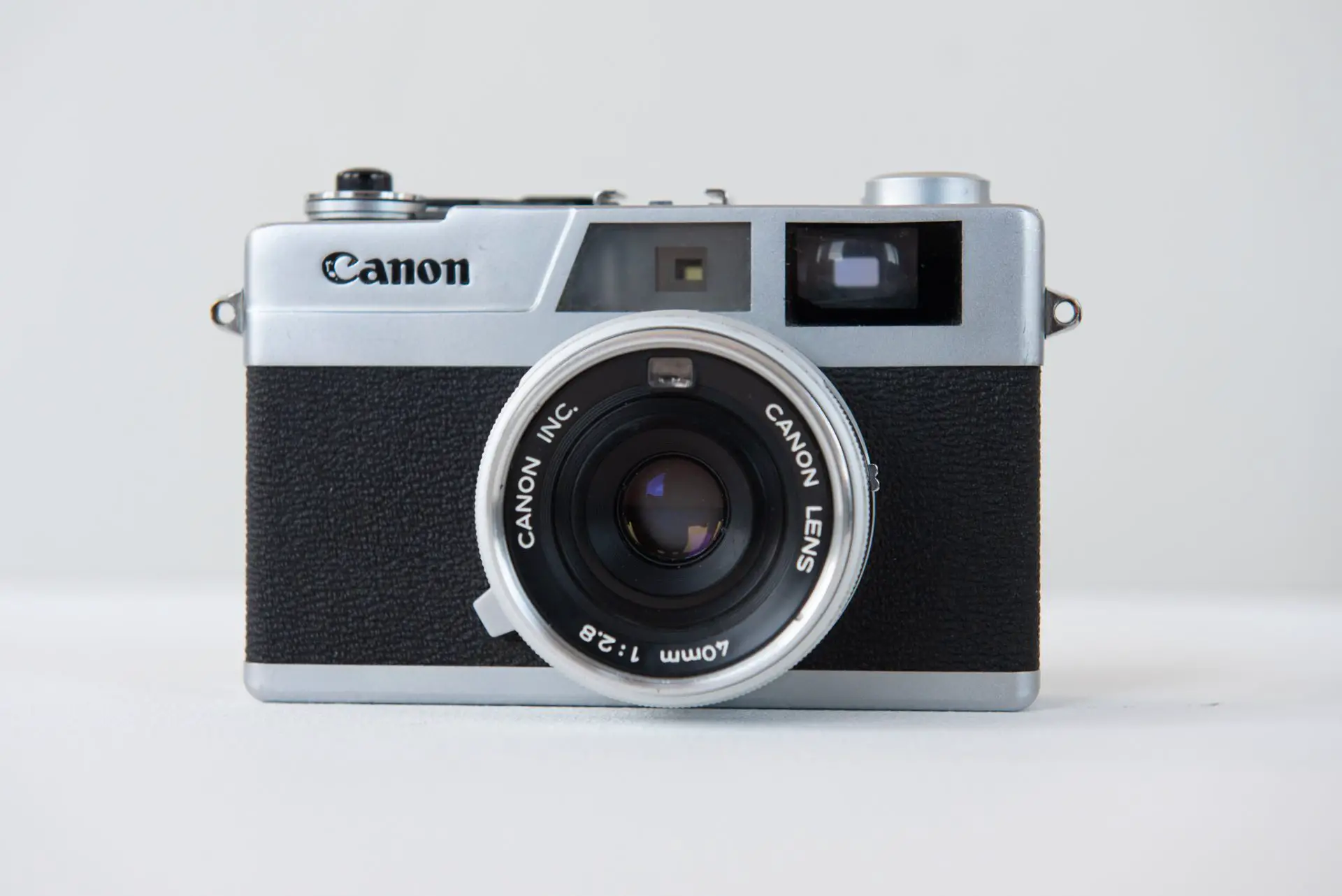
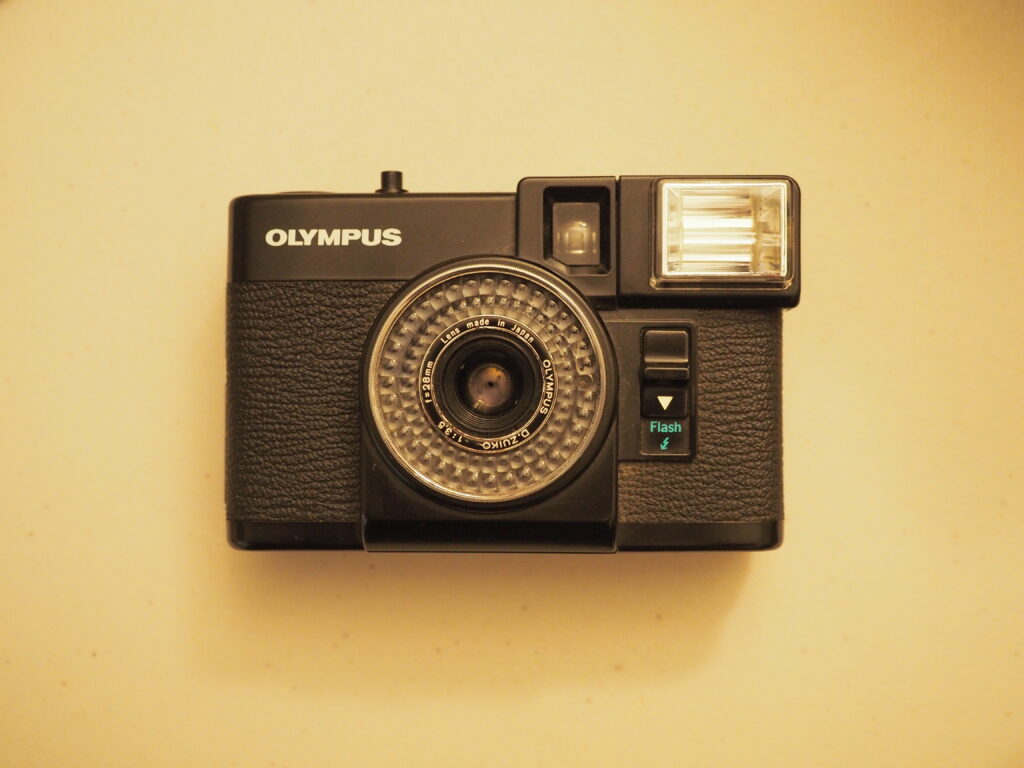
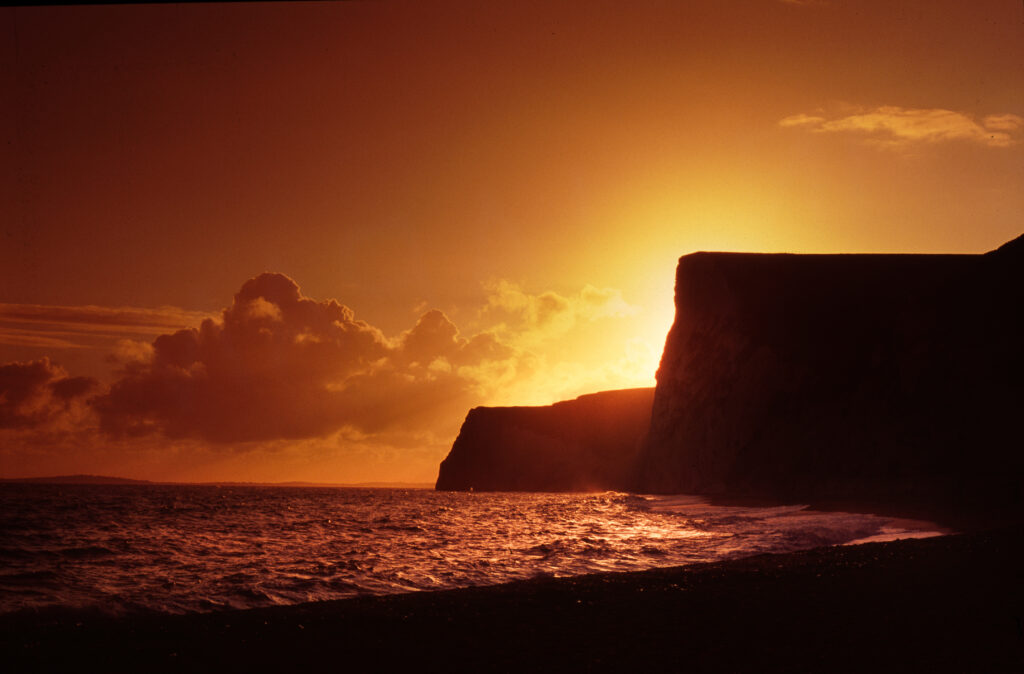
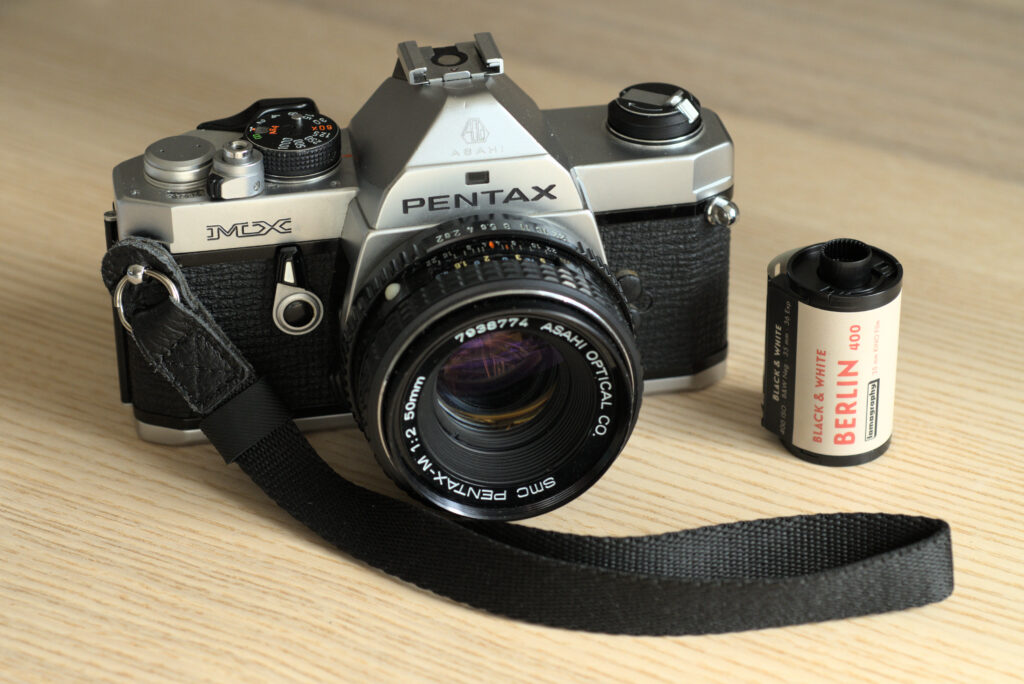
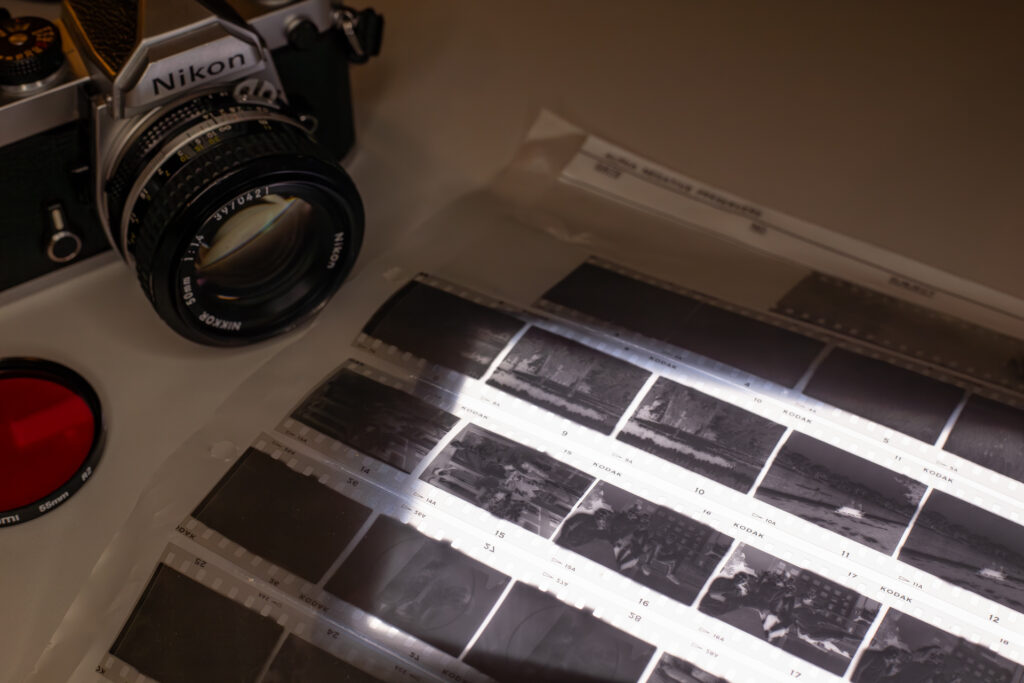




Comments
AJ Miller on 5 Frames with a Canonet 28 and Fuji C200 – By Andrew Bogard
Comment posted: 17/12/2020
Comment posted: 17/12/2020
Ryan Poorman on 5 Frames with a Canonet 28 and Fuji C200 – By Andrew Bogard
Comment posted: 17/12/2020
Comment posted: 17/12/2020
Michael on 5 Frames with a Canonet 28 and Fuji C200 – By Andrew Bogard
Comment posted: 18/12/2020
The Canonet is actually quite a sophisticated little beastie compared to some, but for example if I'm snapping away (read fumbling for the catch to cock the shutter) with an old 120 folding camera, I'm amazed to hear the bystanders' amazement- "Hey, does that thing still actually work?" when of course it does, why shouldn't it?
Comment posted: 18/12/2020
Neil MacLean on 5 Frames with a Canonet 28 and Fuji C200 – By Andrew Bogard
Comment posted: 19/12/2020
Comment posted: 19/12/2020
Kodachromeguy on 5 Frames with a Canonet 28 and Fuji C200 – By Andrew Bogard
Comment posted: 19/12/2020
Comment posted: 19/12/2020